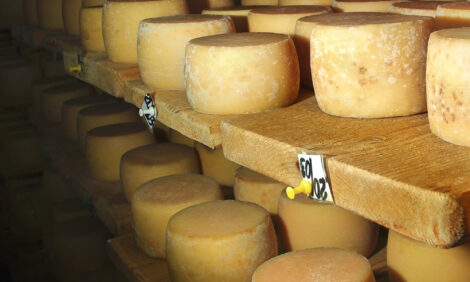



California Dairies To Capitalise On Global Markets
US - Research by Rabobank suggests that California dairies and processors are uniquely positioned to capitalise on growing global demand.Challenged by volatility in milk prices and high feed costs in recent years, the California dairy industry’s future growth will depend on its willingness and ability to fill a growing global demand for milk products,according to Rabobank’s Food & Agribusiness Research Advisory Group (FAR).
While growth in domestic markets is limited for California dairies and processors, demand for dairy products in countries like China, Viet Nam and Brazil grew by double digits in recent years, according to a FAR report titled “California Dairy: Turn West.” And the California dairy industry is uniquely positioned to take advantage of this growth opportunity.
“The light at the end of the tunnel for the California dairy industry is global markets,” said the report’s author Vernon Crowder, vice president and agricultural economist with the Food & Agribusiness Research Advisory Group in Fresno.
“California is not the lowest cost producer of milk in the world, but it is the lowest cost producer that is capable of significant expansion in the medium term with acceptable investment risks.”
Global competitors like New Zealand, Australia and the European Union all face constraints that prevent them from filling the growing global demand, the report notes.
In the US, California has some clear advantages over other domestic producers. Proximity to California ports gives California processors an edge in getting their products to Asian markets less expensively. Also, because California dairies have focused on efficiency and scale in milk production, they are better positioned to ramp up production than dairies in other states.
“Traditionally, the US dairy industry has viewed the global market as an outlet for excess production, rather than a primarytarget for their products,” said Mr Crowder. “The window of opportunity for US export growth is expected to remain open for the next five years.”
To improve its competitiveness in the globalmarketplace, the report recommends the industry strengthen commercial relationships with buyers abroad and manufacture products such as milk powder, cheese and butter to match the specifications of overseas markets rather US markets.
The report also recommended modifying some of the pricing schemes for exported commodities and employing financial tools such as hedging to take some of the risk out of volatile milk and feed prices.
TheCattleSite News Desk


